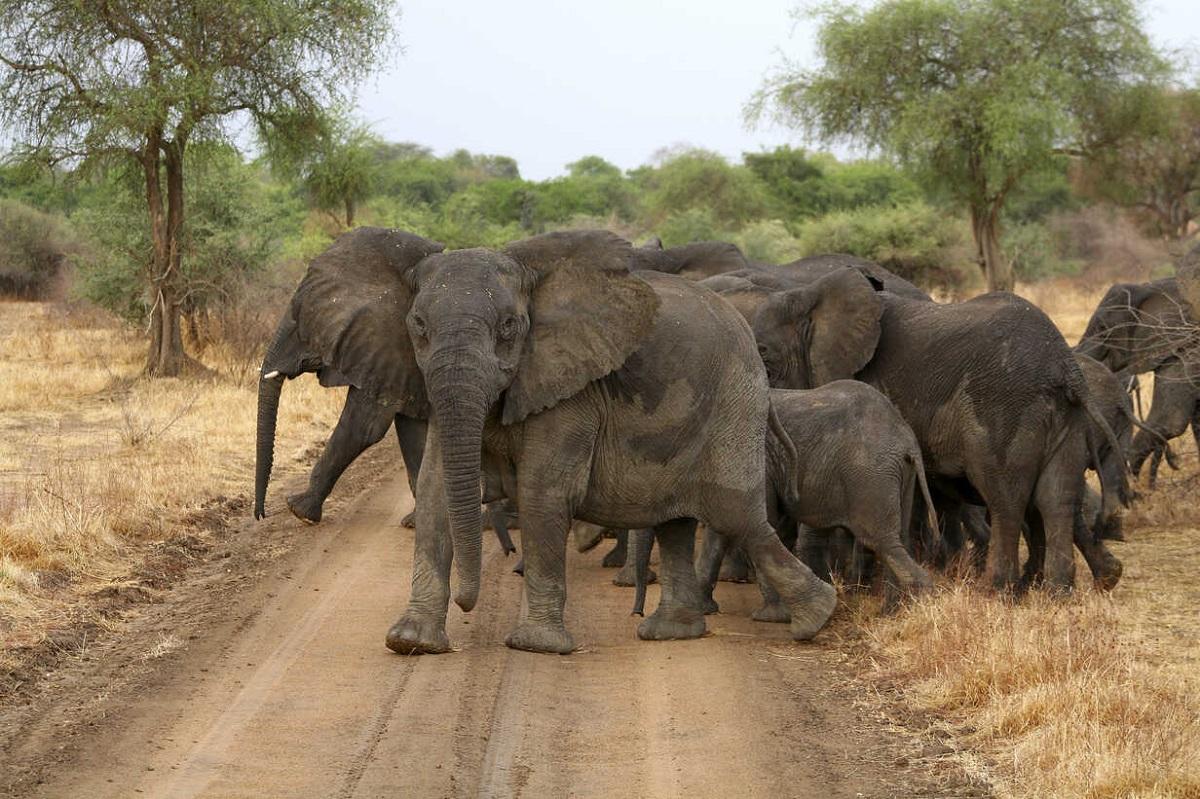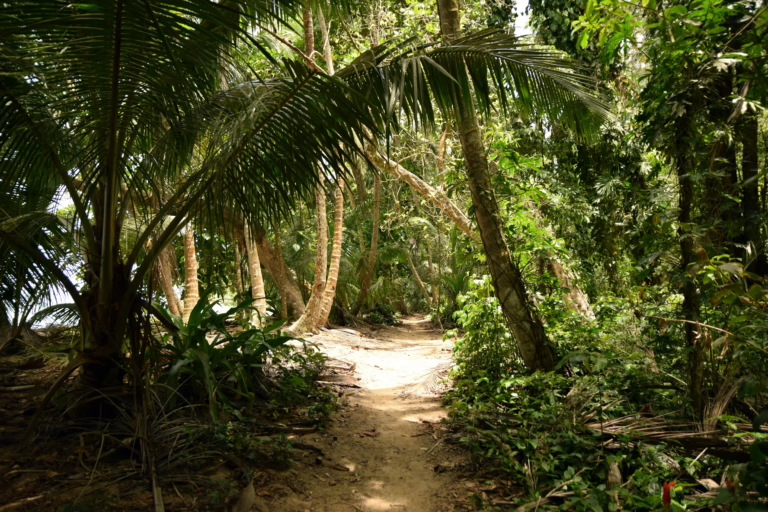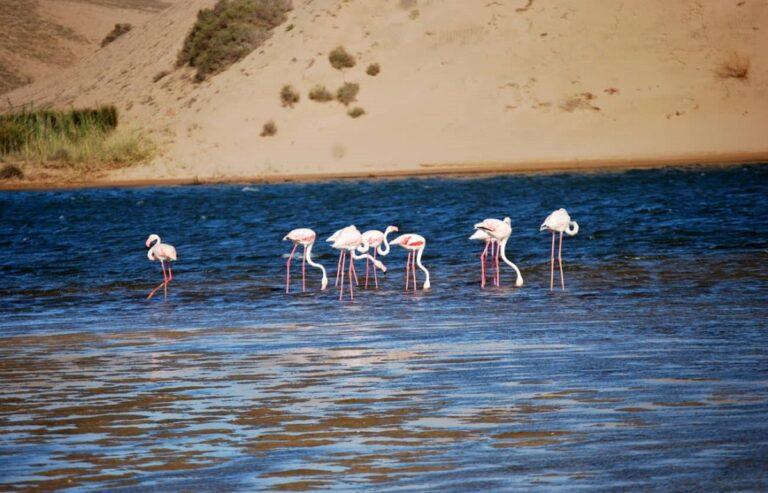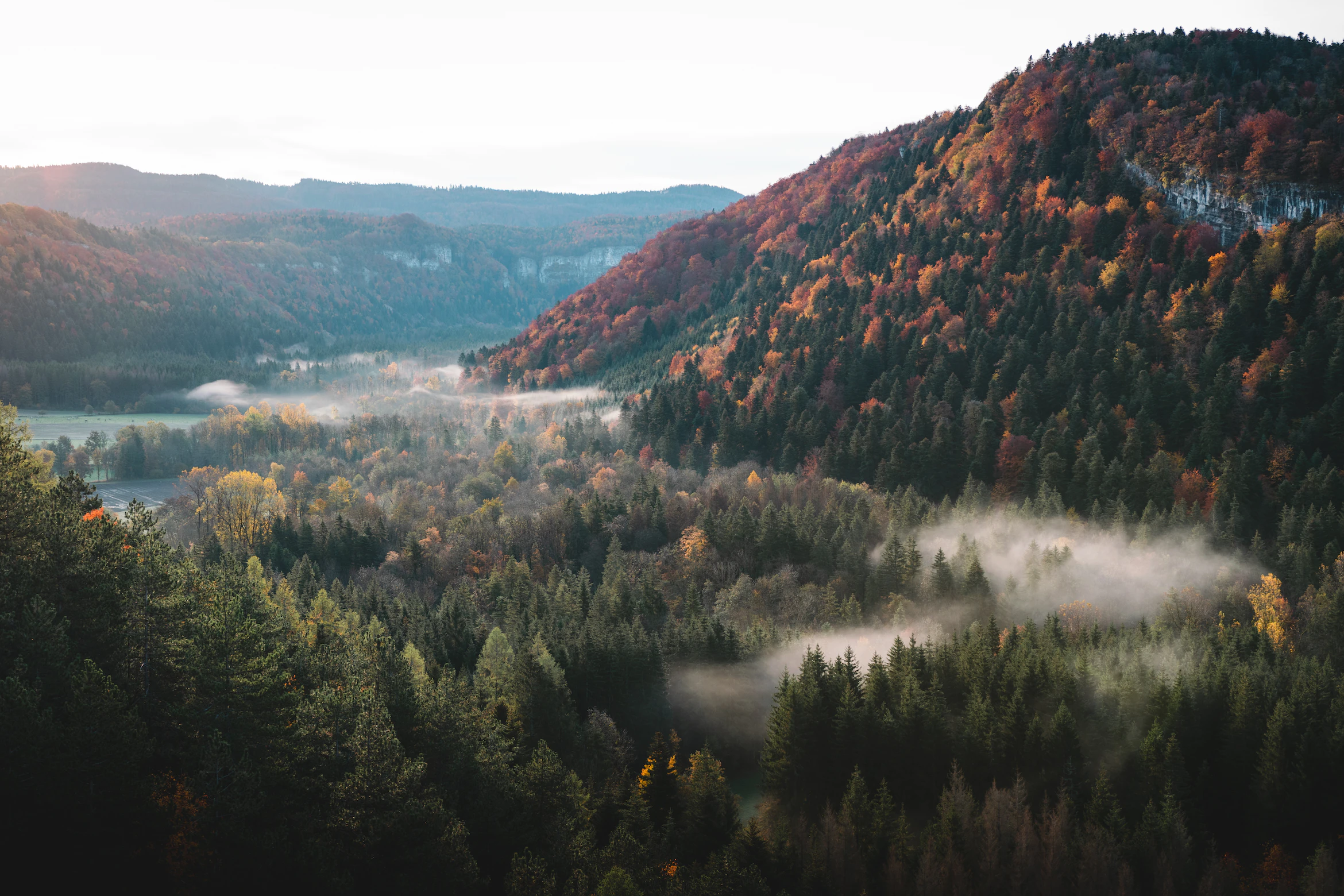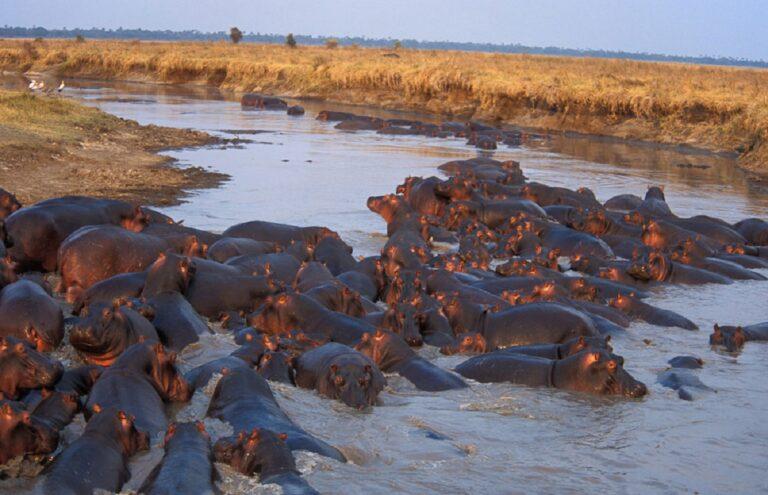Guide to Zakouma: One of Africa’s Well-kept Secrets
Tucked away in Chad, Zakouma National Park is a remarkable conservation success story and one of Africa’s lesser-known wildlife gems. Spanning over 3,000 square kilometers, this park has become a symbol of resilience, bouncing back from decades of poaching and conflict to reclaim its status as a premier wildlife destination.
Established in 1963, Zakouma is now a haven for a wide array of wildlife, including a growing population of elephants, lions, and various other species that roam its savannahs, wetlands, and woodlands. This guide will explore the wonders of Zakouma National Park, detailing its wildlife, best visiting times, and practical tips for travelers.
Please Download Our Mobile App here.
Overview of Zakouma National Park
Zakouma National Park is a crucial component of the Sahelian ecosystem and one of Chad’s most significant protected areas. It is located about 800 kilometers southeast of N’Djamena, the capital of Chad. The park’s landscape is characterized by vast floodplains, river systems, and open savannahs, creating a rich and diverse environment that supports an impressive variety of wildlife.
In the early 2000s, Zakouma was on the brink of collapse due to severe poaching, particularly of its elephant population. However, through concerted conservation efforts led by African Parks, the park has undergone a dramatic transformation. The revitalization of Zakouma has seen the restoration of its wildlife populations, making it a beacon of hope for conservation in Africa.
The park is now home to one of the largest remaining elephant populations in Central Africa, as well as a wide range of other species, including lions, leopards, and various antelope species.
Zakouma’s recovery has also benefited the surrounding communities, with the park’s management working closely with local people to ensure that conservation efforts are sustainable and beneficial to all. This community-focused approach has been key to Zakouma’s success, making it a model for conservation across the continent.
Wildlife in Zakouma National Park

Zakouma National Park is renowned for its rich and diverse wildlife, offering visitors a chance to witness some of Africa’s most iconic species in a relatively untouched environment. The park’s varied habitats, including savannahs, wetlands, and riverine forests, support a wide range of animals, making it one of the most exciting safari destinations in Africa. The park is perhaps best known for its elephant population, which has made a significant recovery thanks to intensive anti-poaching efforts.
Once devastated by poaching, Zakouma’s elephants are now thriving, with over 500 individuals roaming the park. These majestic creatures are often seen in large herds, particularly during the dry season when they congregate around the park’s water sources. The sight of a herd of elephants moving across the savannah is one of Zakouma’s most unforgettable experiences.
In addition to elephants, Zakouma is home to a healthy population of lions. The park’s lions are known for their impressive size and are often seen hunting in the open grasslands. The presence of these apex predators is a testament to the park’s ecological health and its ability to support large carnivores. Other predators in the park include leopards, cheetahs, and spotted hyenas, all of which play a vital role in the park’s food chain.
Zakouma is also a haven for a variety of herbivores, including species that are rarely seen elsewhere in Africa. The park is home to a significant population of Kordofan giraffes, one of the most endangered giraffe subspecies. These giraffes are often seen browsing in the park’s woodlands, providing a unique opportunity for visitors to observe this rare species.
The park’s wetlands and river systems attract a wide range of bird species, making Zakouma a paradise for birdwatchers. Over 370 bird species have been recorded in the park, including the black-crowned crane, the red-throated bee-eater, and the Abyssinian ground hornbill. The park’s diverse birdlife is particularly impressive during the wet season when the floodplains fill with water, attracting large flocks of waterfowl.
The Best Time to Visit Zakouma National Park
Zakouma National Park is best visited during the dry season, which runs from November to April. During this time, the park’s wildlife is more concentrated around the remaining water sources, making it easier to spot animals. The dry season is also the most comfortable time to visit, with cooler temperatures and less humidity, which are ideal for game drives and other outdoor activities.
From November to February, the park is lush and green following the wet season, providing a stunning backdrop for wildlife viewing. This period is also excellent for birdwatching, as many migratory bird species are present in the park. By March and April, the vegetation starts to dry out, and wildlife becomes more concentrated around the rivers and waterholes, offering some of the best game-viewing opportunities.
The wet season, from May to October, is less ideal for visiting Zakouma due to the heavy rains that can make the park’s roads impassable. Additionally, many animals disperse across the park during the wet season, making wildlife viewing more challenging. However, the wet season does bring a different kind of beauty to the park, with lush landscapes and a proliferation of birdlife.
Getting to Zakouma National Park
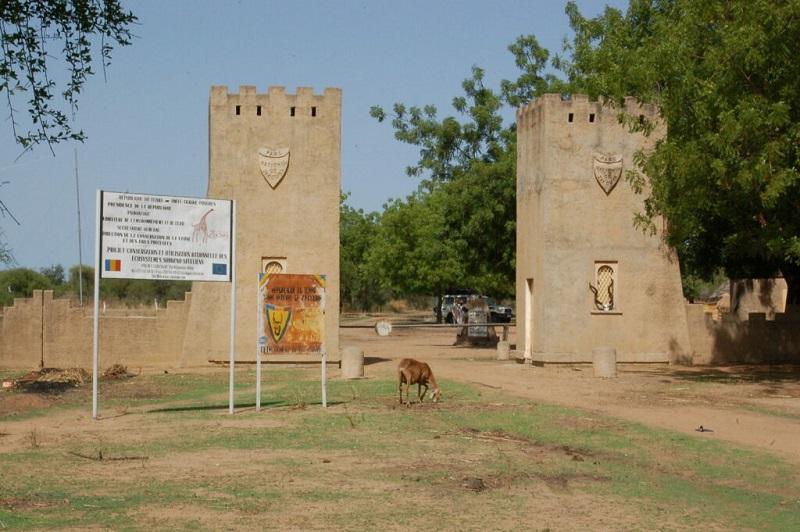
Getting to Zakouma National Park involves a journey that typically starts in N’Djamena, Chad’s capital. From N’Djamena, visitors can take a domestic flight to Zakouma, with flights usually operated by small aircraft. The flight from N’Djamena to Zakouma takes nearly 2 hours, offering spectacular views of the Chadian landscape.
Alternatively, it is possible to reach Zakouma by road, although the journey is long and can be challenging due to the state of the roads. The drive from N’Djamena to Zakouma takes about 12 to 15 hours, covering a distance of about 800 kilometers. This option is only recommended for those who are well-prepared and traveling with a reliable guide or tour operator.
Once in the park, visitors can explore Zakouma through guided game drives, which are the best way to see the park’s wildlife. The park’s management also offers guided walking safaris, providing an opportunity to experience the park’s landscapes and wildlife on foot.
Other Activities in Zakouma National Park
In addition to game drives, Zakouma National Park offers a range of activities that allow visitors to fully immerse themselves in the park’s natural beauty and cultural heritage. One of the most popular activities is a walking safari, where visitors can explore the park on foot, accompanied by an experienced guide. These walks provide a more intimate experience of the park’s landscapes and wildlife, offering a chance to learn about the smaller details of the ecosystem that are often missed on game drives.
Cultural visits to the surrounding communities are another highlight of a visit to Zakouma. The park’s management works closely with local communities, and visitors have the opportunity to learn about the traditional lifestyles of the people who live in and around the park. These visits often include stops at local markets, schools, and community projects, providing insights into how conservation efforts are benefiting the people of the region.
Birdwatching is another popular activity in Zakouma, with the park’s diverse habitats supporting a wide variety of bird species. Visitors can spend time in the park’s wetlands and riverine areas, where they can spot both resident and migratory birds. The park’s birdlife is particularly impressive during the dry season when water sources attract large flocks of birds.
Park Fees for Zakouma National Park
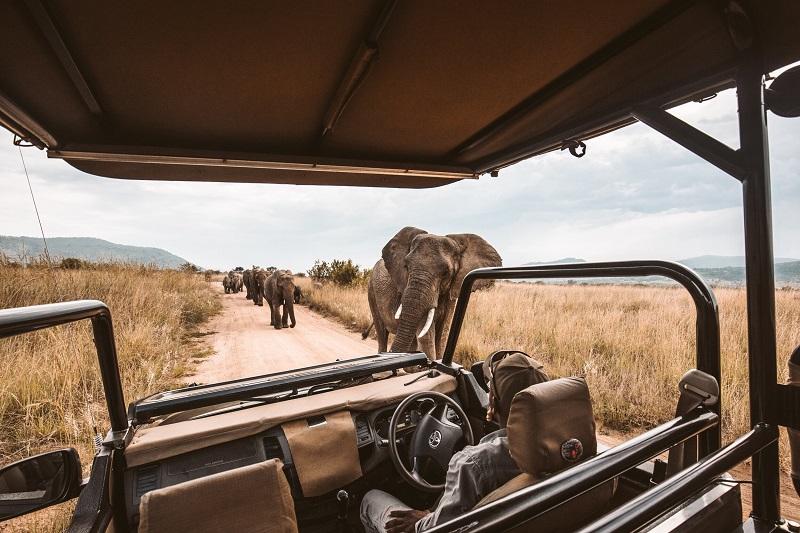
As of 2024, the entrance fees for Zakouma National Park are as follows:
- International Visitors: $75 per person per day
- Chadian Citizens and Residents: CFA 15,000 per person per day
These fees help support the park’s conservation efforts and community projects. Additional costs may apply for guided tours, accommodation, and other activities within the park. It is advisable to check with local authorities or tour operators for the most up-to-date information on fees and booking procedures.
FAQs: Touring Zakouma National Park
Do I Need a Car to Tour the Park?
Yes, a 4×4 vehicle is necessary for touring Zakouma National Park due to its rugged terrain and remote location. The park’s roads can be challenging, especially during the wet season, so it is recommended to explore the park with an experienced guide or tour operator.
Are Unguided Walks Allowed in the Park?
Unguided walks are not allowed in Zakouma National Park. Due to the presence of dangerous wildlife and the park’s vast, remote landscapes, all walking safaris and hikes must be conducted with a trained guide to ensure safety.
How Much is a Game Drive in the Park?
Game drives in Zakouma National Park typically cost between $100 and $250 per person, depending on the duration and the services included. These costs usually cover the use of a 4×4 vehicle, a professional guide, and park entry fees. It is advisable to book game drives in advance, especially during the peak season.
Conclusion
Zakouma National Park is a testament to the power of conservation and the resilience of nature. From its thriving elephant population to its diverse birdlife and breathtaking landscapes, Zakouma offers an unparalleled safari experience.
